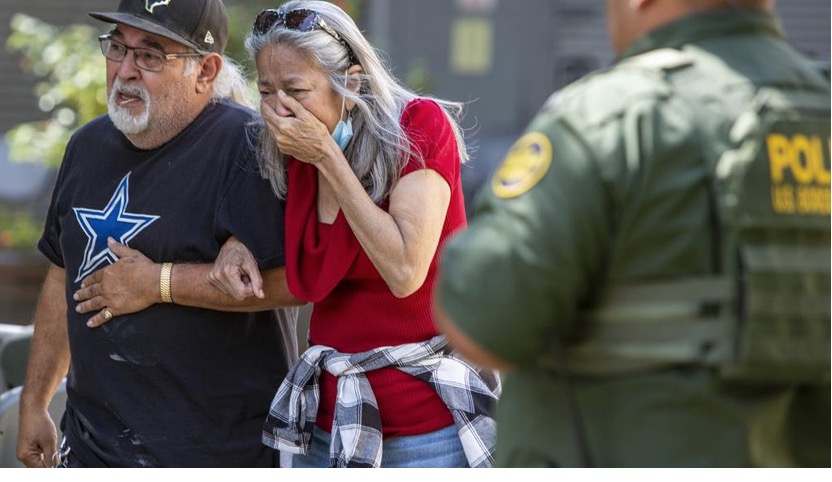CommentsGUN VIOLENCE - In the 23 years since Columbine, at least 554 students, educators, and school staff have been victims of school shootings, according to a Washington Post report.
Approximately 311,000 children have been exposed to gun violence at school, and school shootings have cut 185 lives short.
Each one of those lives is someone’s child, grandchild, neighbor, sibling, or friend. Each shot fired changes lives in a flash.
Active shooter drills are required in over 40 states. However, the country’s largest gun violence prevention organization, Everytown for Gun Safety, reports there is almost no research to support their value in either school shooting prevention or protection. Lockdown drills are distressing and traumatic for students and school personnel.
Since 1999, shootings have occurred at 331 schools across the country, from elementary schools to high schools, colleges and universities. Five months into 2022, there have already been 27 school gun violence incidents.
Following each school shooting, politicians offer thoughts, prayers, and reassurance they’ll continue to support the Second Amendment. Although mass shootings increased by 52 percent from 2020 to 2021, some states continue to have weak gun laws, with some further easing restrictions. States with stronger gun laws have statistically fewer gun deaths. Conversely, those with lax laws tend to have higher rates. For example, Mississippi has both the weakest gun laws and the highest rate of gun deaths in the country.
Everytown cites several policy areas that might be effective in reducing school violence, including extreme risk laws, which empower law enforcement and other professionals to remove guns from people considered to be a serious threat to themselves or others. Only a handful of states, including California, have these laws. Extreme risk laws can not only prevent people considered a threat from purchasing guns, but may also put parents on notice to secure guns in the home.
In addition, the organization’s policy recommendations include raising the minimum age to purchase semi-automatic firearms to 21. Data indicates gun homicides among 18-to-20-year olds are four times higher than in adults 21 and older. The Uvalde shooter purchased two AR-15 weapons used in the attack just two days after he turned 18, which is permitted under Texas law.
Preventing school gun violence requires a number of factors, including a secure and effective reporting system such as available at Sandy Hook Promise’s Say Anything Anonymous Reporting System, as well as expanding training and resources. However, removing access to guns through extreme risk laws, secure lock requirements, and raising the age range for semi-automatic weapons would go a long way to ensuring children are safe from the threat of gun violence when they attend school.
(Beth Cone is a professional writer living in the Los Angeles area. She covers major issues exclusively for CityWatch.)






